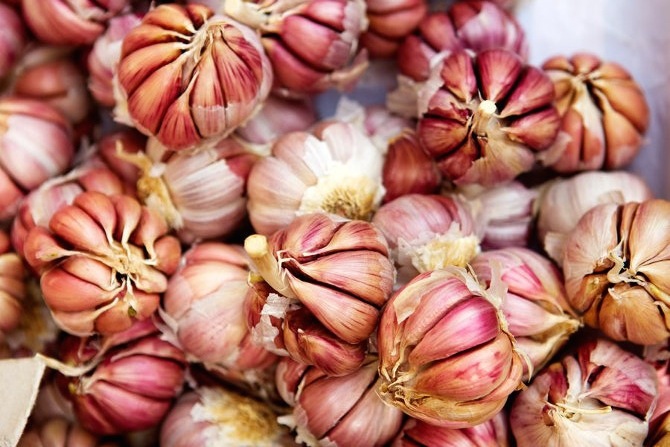Blog
Aug 27, 2021

I received many questions about acne this past week. So let’s talk about acne again. But let’s take a different approach. A simpler one. Food!
Can we minimize acne by the choices we make in our diet? Absolutely!
In fact, taking care of skin is largely how we take care of our body – what we eat, how we sleep, what we do outdoors, whether we smoke or drink, etc. In other words, how we treat it from the inside out.
Today, let’s look at some foods that can help control acne.
The most important thing to know about acne is that there isn’t just one cause. Acne is due to a combination of several factors.
These factors are:
1.) Too Much Oil (this is due to hormones, which can be influenced by many things)
2.) Too Much Shedding of Dead Skin Cells (this is genetic)
3.) Bacteria
4.) Inflammation
These factors are weighted differently for each person. For some of you, it may be due primarily to excess oil. For a different group of you, it could be too much shedding. This is why acne is so hard to treat. There isn’t a one-size-fits-all approach.
You will respond to different ingredients based on what’s causing your acne. The trick to treating acne is to figure out the root cause. This is largely a trial and error process if you are figuring this out on your own at home. So you have to be patient.
I recommend that you tweak your routine one step at a time, as you discover what treatments work and don’t work for you. If you try too many products at once, or constantly change your routine, your skin will get off balance, which makes things worse. It takes time to re-balance skin once it has been interrupted.
In the meantime, you can experiment with foods that address the factors above.
A common ingredient in acne treatments is Zinc, a mineral.
Zinc helps slow oil production by regulating oil gland activity. It is also good at reducing inflammation. This is why you see Zinc Oxide in sensitive skin products and sunscreens. Zinc is also required for wound healing, so it can help with scarring.
There are more foods, but the ones I have listed here are particularly good sources of zinc.
FYI – In skin care products, zinc is part of a chemical compound, so it appears with another word, not by itself. For example, Zinc Gluconate or Zinc Oxide.
Like humans, acne bacteria love to eat. Guess what they like to eat? Sebum! The oil inside your pores.
So limiting oil production curbs bacterial growth.
Sulfur is a mineral, an ingredient used in skin care products to kill bacteria. Sulfur is found in food too.
When bacteria have finished eating, they excrete waste. That bacterial waste irritates pores. It also attracts free radicals, which leads to inflammation.
Fortunately, there are many common, everyday foods that are anti-inflammatory.
Garlic, onions, ginger, and turmeric are great staples to keep in your kitchen. I love to cook with them and always have them on hand. What’s great about them is they keep for a pretty long time.
Probiotics can reduce inflammation too. Probiotics are bacteria or yeast that improve intestinal health and the immune system. Studies have shown a correlation between the gut and skin health, and it continues to be an interesting area of research.
Certain bacteria have been shown to reduce neurogenic inflammation and skin sensitivity, as well as increase the rate of skin barrier recovery.
You can find probiotics in yogurt, probiotic drinks, and supplements.
There has been research to suggest a correlation between acne and dairy foods.
Cow’s milk is high in iodine. Excess iodine and its salts (called iodides) can increase male hormones (androgens), which stimulate the sebaceous (oil) glands.
Foods that are high in iodine:
Sugary foods can also aggravate acne.
There are more food choices than what I presented here. You can get more ideas by reading nutrition books or visiting nutrition websites.
The key thing to remember is the different factors that cause acne. Once you remember those, then it’s easier to identify foods.
For example, if you remember that inflammation is one factor, then whenever you read about an anti-inflammatory food in the news, an “Aha!” will go off in your brain, and you’ll be more likely to remember it.
Eating a diet rich in vegetables and fruits is always a safe bet for nourishing your skin. You get many nutritional and antioxidant benefits from eating a wide variety of them.
To keep things simple, just focus on eating with these words in mind:
It’s the easiest way to cover your bases!
By Rita Lee